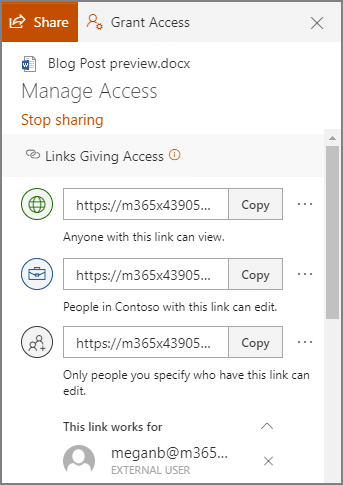A Refresher on the Cloud
“The cloud” is a term that is used extremely loosely, effectively referring to any data that is stored on the Internet. So yes, online storage spaces like Google Drive, Microsoft 365, and Dropbox count as the cloud. Your website’s hosting service counts as the cloud. The social media sites you use, like Facebook and Twitter, qualify as the cloud in a way. Arguably, even online banking is a cloud-based service, as your information is stored on your bank’s online servers.
If you use a store’s photo printing services, or attach a file to an email, or ask your virtual assistant to wake you up early, you are utilizing a cloud service. Businesses around British Columbia use cloud technology to share documents, store data, and host apps and line of business software titles.
Any data you have stored online is data that you have in the cloud.
Is It Okay to Have So Much Data Online?
Truthfully? It all depends upon what data you are storing, and where it is being stored.
It is important to remember that - in essence - all the cloud is, is someone else’s computer that you can leverage. Storing data in the cloud is quite literally entrusting its security to someone else… something that has both benefits and drawbacks.
On the one hand, many businesses have onsite servers in which they keep their company data, which requires them to keep those servers secure. If something happens to this data (despite the network protections and backups that should be in place) it is on that business.
On the other hand, cloud services are typically provided by big-name companies who can feasibly afford to protect the data they have been entrusted with. Who would have more capital available to invest in cloud security… your business, or the likes of Google or Microsoft?
It should also be considered that these larger companies can provide much more value to the people who can successfully hack them. It isn’t unheard of, either… Yahoo, Dropbox, and Apple iCloud have all been breached at some level, and attacks are always happening.
So, Is the Cloud Safe? How Can I Protect My Data?
All this may make you feel as though your most secure option is to eschew the cloud as much as possible - but, depending on what you’re storing and how this data is protected, you may have other options. Here are a few practices to help you balance the potential risks and rewards.
Encrypt BEFORE Uploading
Encryption is a very popular buzzword among cloud solutions. Public cloud providers will throw terms like “256-bit encryption” around, making their services sound pretty great. However, your data will only be encrypted like this as it is being transferred. In storage, it is unencrypted, and is therefore vulnerable. If your data were to be encrypted independently of the cloud, on the other hand, it would be rendered effectively useless to someone who didn’t have the ability to unlock it.
Understand Your Compliance Requirements
Different industries maintain different standards for the security of your customer and client data, in addition to the data privacy laws that are on the books. The medical field has HIPAA, and many businesses need to abide by PCI DSS. In order for you to use a service provider’s cloud solution to store your data, you need to confirm that it is compliant to the requirements imposed upon your industry by such regulations.
Practice Password Hygiene
While this is important to consider when leveraging a cloud service, any of your online activity should abide by the same rules. If you don’t repeat passwords across accounts, you can effectively limit the number of accounts that can be breached through one action.
Be Discerning
Cloud storage and services is a growing industry, thanks to its low barriers to entry and huge potential profits. You need to make sure that you select a service that is fully protecting your data, not just the one that offers you the lowest price.
Coleman Technologies can help you with your cloud service needs, without sacrificing your security. To learn more, give us a call at (604) 513-9428.




